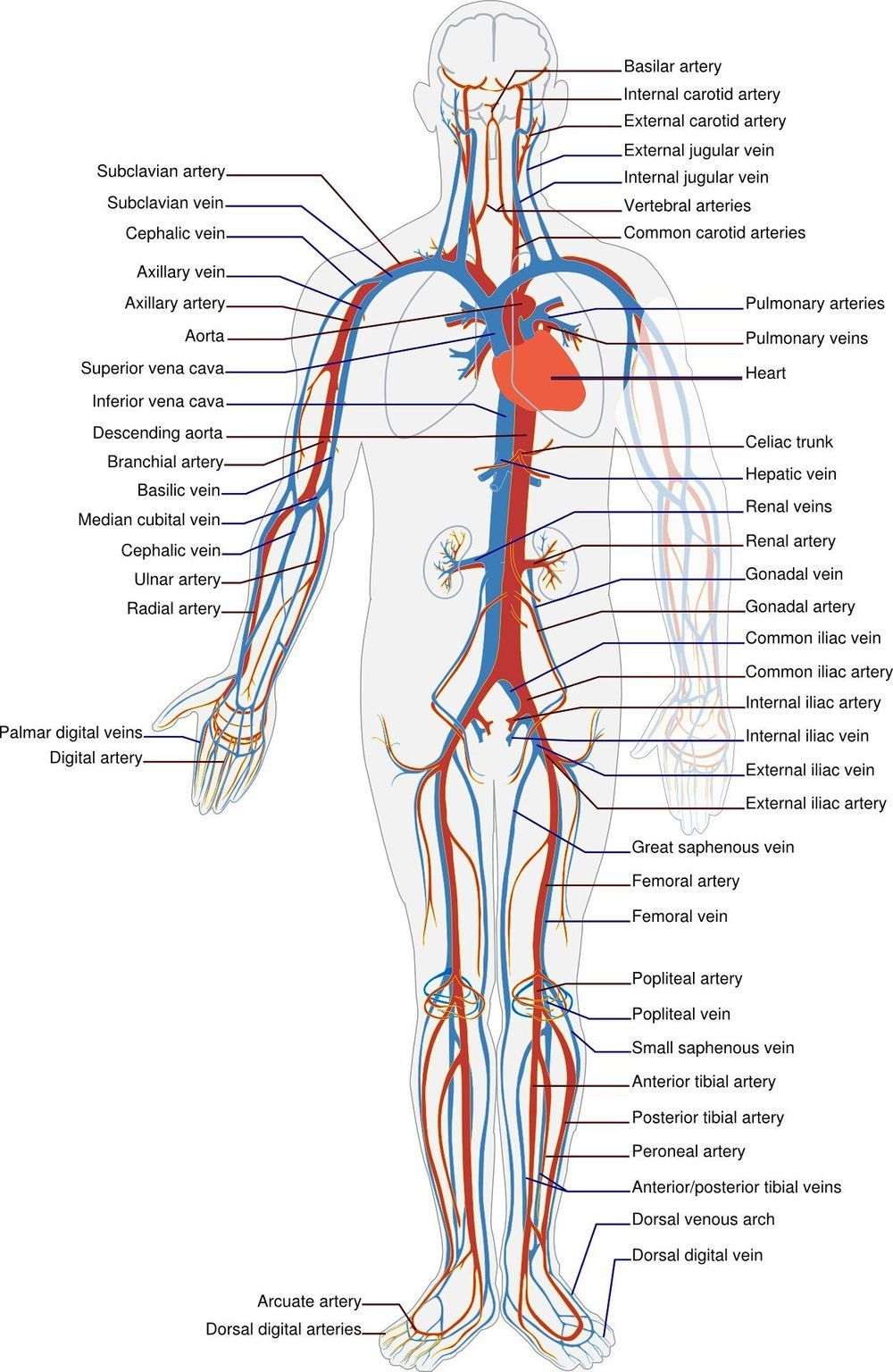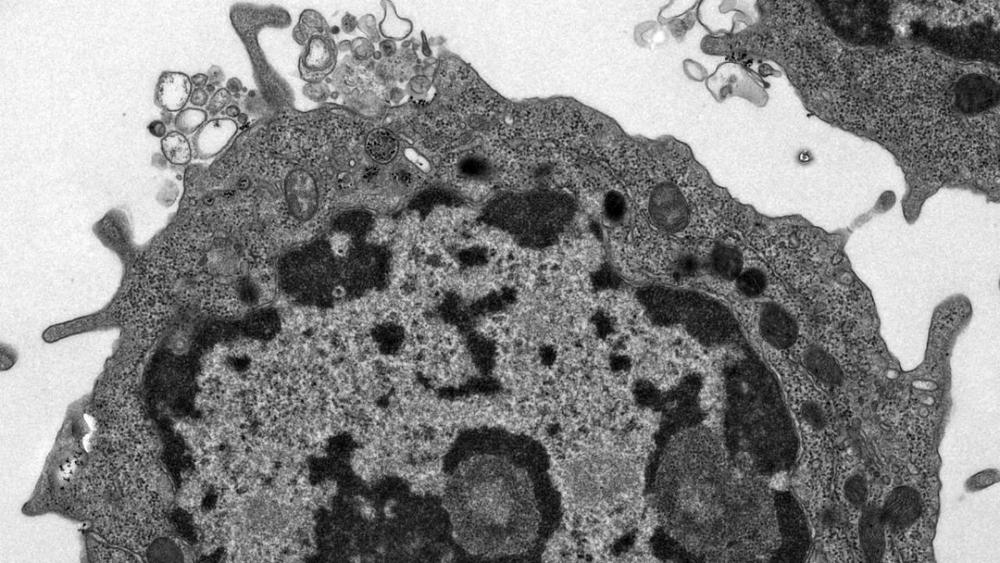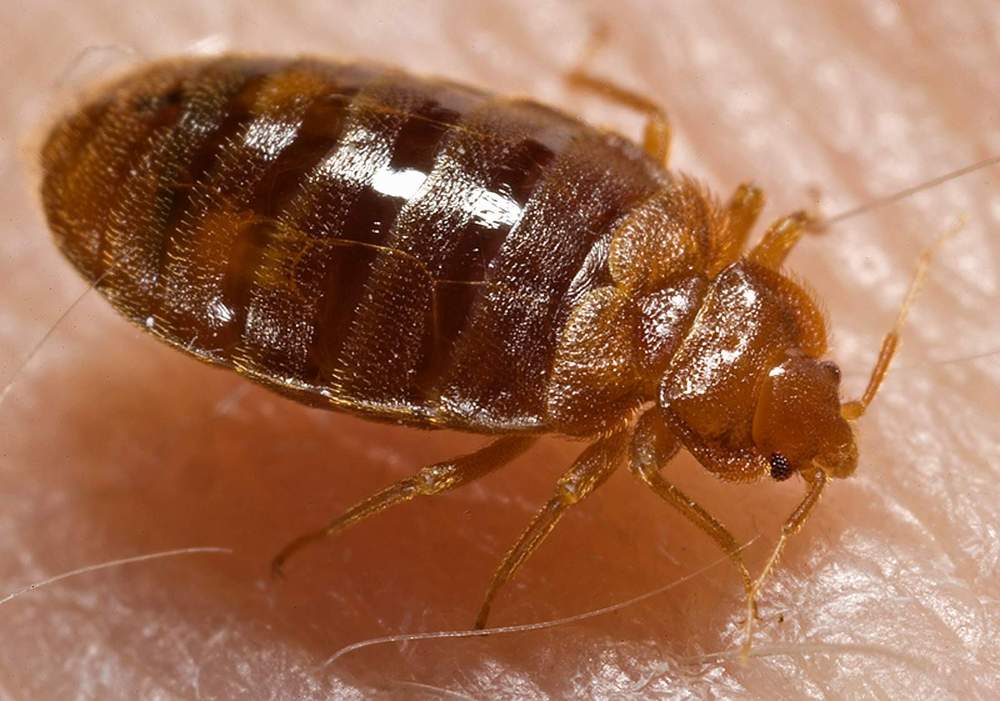If you want to control a robot with your mind — and really, who doesn’t? — you currently have two options.
You can get a brain implant, in which case your control over the robot will be smooth and continuous. Or you can skip the risky, expensive surgery in favor of a device that senses your brainwaves from outside your skull — but your control over the bot will be jerky and not nearly as precise.
Now, a team from Carnegie Mellon University (CMU) is narrowing the gap between those two options, creating the first noninvasive mind-controlled robot arm that exhibits the kind of smooth, continuous motion previously reserved only for systems involving brain implants — putting us one step closer to a future in which we can all use our minds to control the tech around us.






